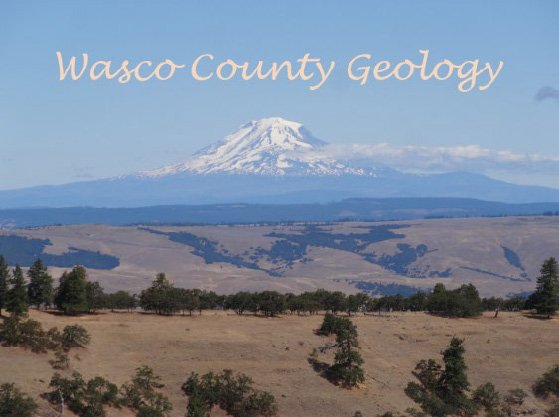Rhyolites, CRBs & the Yellowstone Hot Spot — Research by Dr. Martin Streck
/Synopsis by Carol Hasenberg of GSOC Friday night lecture, November 14, 2014, given by Dr. Martin Streck, Portland State University Department of Geology chair, entitled "Eastern Oregon Rhyolites Provide New Clues to CRB Mysteries"
Martin Streck spoke to a standing room only GSOC crowd about the work that he and a number of his graduate students have done in advancing our knowledge of the Columbia River Basalt (CRB) flows of the Miocene. His team has focused upon the rhyolite flows that occurred as a result of heating by the basalt magma that produced the CRB.
Miocene rhyolite flows in eastern Oregon have long been studied by geologists. The relationship between the rhyolitic magma and the massive amounts of CRB basaltic magma is not precisely known, although they are spatially close so infer that the rhyolite is a result either of partial melting of the crust by or fractional crystallization of the CRB magma. In fact, the spatial distribution over time of the rhyolite can give geologists ideas about the origin of the CRB magma itself.
Streck first filled the GSOC audience in on what is known of the basalts by themselves. Locations of feeder dikes for the CRB eruptions have been found in Northeastern Oregon (Chief Joseph Swarm), the Monument swarm further west, and the Steens swarm in the Steens Mountain area of southeastern Oregon. The main groups of eruptions that comprised the CRB are the Steens, Imnaha, Grande Ronde, Wanapum and the Saddle Mt., but the Grande Ronde output made up 75% of all the CRB. This main eruptive phase was dated at approximately 16-15.5 million years in age.
Rhyolite eruptions occurred in eastern Oregon in a similar period of time. They were part of a large swath of bimodal volcanism that erupted from McDermitt Crater in northern Nevada through the Snake River Plain in Idaho to modern day eruptions at Yellowstone National Park. These eruptions were younger towards the east, and are believed to have been caused by a plume of hot material from the earth's mantle that the North American tectonic plate has been traveling over these several million years.
In order to make much sense of all this volcanic material geologists needed to test the composition of the rock and determine its age. Previous studies had age dated quantities of rhyolite of similar age occurring on the eastern and southern fringes of Steens basalt. More rhyolite was also found to the north of the Steens area dating around 16.5 to 15.5 million years in age. Within that time period the older flows were to the south in northern Nevada, and the younger flows were to the north, similar to what happened with the basalt feeder dikes. Other data showed that this northward trend continued toward Baker City dating to about 14.7 million years at Dooley Mountain.
Martin's team began to conduct age dating tests of rhyolitic material of this period. The isotope Ar39 was used for the dating. At the Mahogany-Three Fingers caldera system in SE Oregon the new age dates were found to be in the range of 16 to 15.75 million years. Also Littlefield rhyolite a little further north was found to date at 16 million years. There were some complications in the age dating because older material was mixed together with the magma in the eruption and crystals show two groups of ages. Also some of these rhyolites are black and can be confused with basalts. The team was required to measure density in the samples to categorize the type of eruption.
Streck's team also worked to date a mass of rhyolitic material in the John Day area associated with the Dinner Creek Tuff Eruptive Center (DITEC). Dating in three areas near Strawberry Mountain show age dates of 16.1 to 16.6 million years. Other DITEC sites show ages between 16 and 15 million years. These ages are contemporary with the main phase of CRB eruptions and do not show age trending to the north.
In addition to the dating work, Streck's team worked on determining the composition of crystals they found in thin sections if the DITEC material. Very interestingly they discovered mafic globules in the Dinner Creek Tuff which turned out to be the exact composition of Grand Ronde Basalt. Streck theorized that the Grande Ronde basalt magmas flowed into the rhyolite chambers before eruptions. The discovery and analysis of the globules also strongly tied the origins of the two eruptive events together.
As a result of this work, modern thinking is that the main body of the CRB magma was stored in far southeastern Oregon (conversion zone) and migrated into the feeder dikes to the north. En route they interacted with the overlying crust to produce the rhyolites.

























































